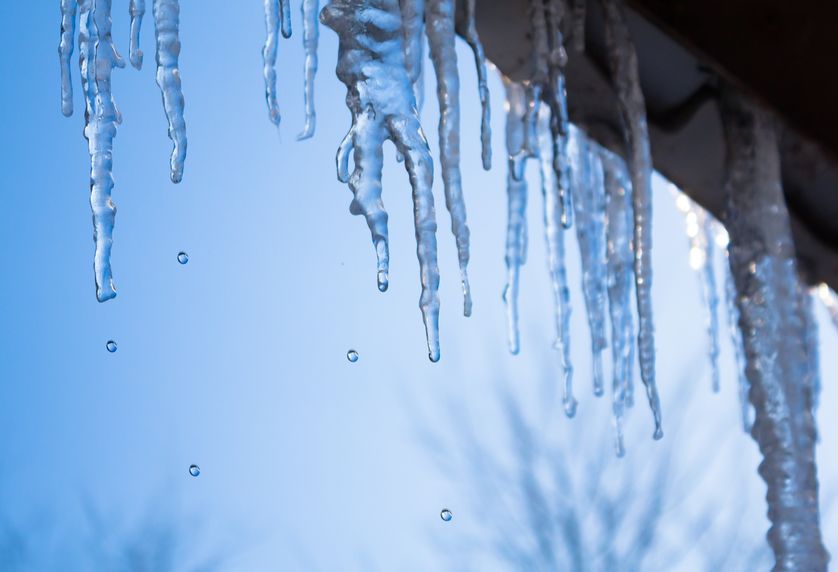In the middle of the winter, hearing that you’re in for a warm spell can be a relief. However, many homeowners and property managers are unaware that thaw-outs can actually mean disaster for their plumbing systems and water pipes.
When water is frozen inside a pipe, it expands dramatically. That’s not a problem while the water remains frozen, but it becomes dangerous as temperatures rise and pipes begin to thaw. As the ice melts inside the pipes, the expanded volume of that ice-water puts immense pressure on pipes. In fact, previously frozen water can put up to 2,000 pounds of pressure per square inch on pipes. That’s enough to rupture all but large, industrial-grade water pipes, and even those aren’t safe.
Ruptured pipes can cause significant internal damage to your home. Understanding how a thaw-out can cause plumbing problems – and how to prevent them – is a must for any homeowner.
Where the problem starts – frozen pipes
Pipes may burst when the weather gets warmer, but the problem starts with frozen pipes. If your pipes don’t freeze during the winter, you have nothing to worry about because your pipes won’t need to thaw. Learning how to identify a frozen pipe can help you prepare for a thaw-out and reduce the likelihood of burst pipes. Here’s what you should look for:
- Your faucet’s water pressure is low, inconsistent or stops completely – the most common sign of a frozen pipe.
- Your water is discolored.
- Your pipes make unusual noises when you turn the water on.
Thaw-outs typically only burst pipes when the pipes heat up too quickly. If pipes are thawed gradually and frozen water trapped inside escapes slowly, it won’t put enough pressure on the pipes to burst them. Understanding how to properly thaw a pipe ahead of time can save your plumbing system when temperatures start to rise.
How to properly thaw a pipe
Fortunately, thawing a frozen water pipe is usually a fairly simple process. Thawing an exposed water pipe will be different than thawing a pipe that’s enclosed in a wall. Here’s how to thaw an exposed water pipe:
- Use a hairdryer. Simply turn it on and blow warm air along the length of the pipe. If you don’t have a hairdryer, draping hot towels along the length of the pipe can also thaw it out.
- Place a space heater or infrared/incandescent heat lamp near the pipe.
- Run electrical heating tape along the pipe. You can buy heat tape from most hardware stores. Simply wrap it around the pipe and plug it in.
Here’s how to thaw an enclosed pipe:
- Turn up the heat in your house. Open cabinets to help the heat reach the walls. Then, you just have to wait.
- If you know exactly where the frozen pipe is, turn up the heat and point an infrared lamp at that section of the wall. This should speed up the thawing process.
To prevent frozen pipes and thaw-out problems altogether, we suggest leaving your faucets running at a drip on cold nights. We also suggest opening cabinets and drawers to allow heat to reach walls more easily.
Bieg Plumbing has been providing clients with high-quality plumbing services for over 60 years. To learn more about how we can help you thaw-proof your home, contact us today – we look forward to hearing from you.
Frozen pipes got you stuck? Call in the red truck!

